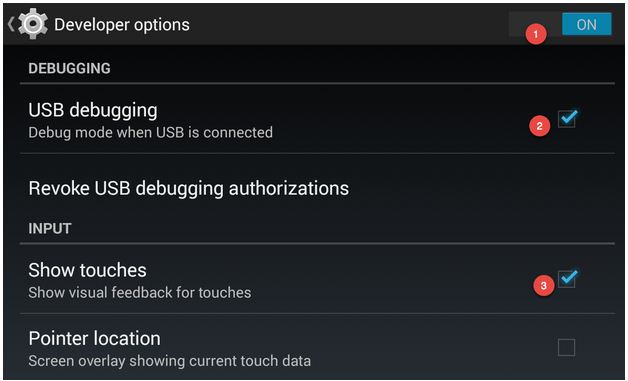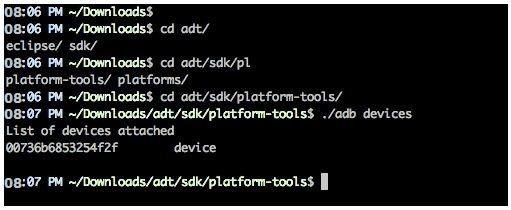Our today’s tutorial is about Screencasting on Android device. In this article i’ll show you how to record video of the screen.
The Android device screen was recorded at 720p (1280×720) resolution, there aren’t seen frame-drops in the video and the screencast output is in MPEG-4 format that can be directly uploaded to YouTube or can be customized in any video editing apps, both on your smartphone & the desktop.
Screencasting on Android DEvice Step by Step:
If you’d like to record screencast videos of your own Android device, So the good news is that you don’t need to install any app neither do you’ve to root your android device. The not-so-good news is that you can only capture screencasts on smartphones (or tablets) that are running Android 4.4+ & it won’t the sound recording.
According to the Google, about 14% of Android devices are now running KitKat. If you happen to be one between them, here are how you can screencast your device.
Step No 1:- Prepare your Android Device for Screencasting
Open your Android smartphone settings>>> About Phone, the last option in the list. Next tap the Build Number 7 times in swift succession and you will see a message saying that Developer Options have been enabled in your device.
Now use the “back” button to come back to the Settings, tap Developer Options & toggle the on-off switch. Turn on USB debugging and enable Show Input Touches. the on-screen interactions like taps & swipes might be recorded as circles in the screencast.
Step No 2:- Prepare your Laptop or computer (Windows or Mac)
We’ll need to install the Android SDK on our desktop. This is easy. All you’ve to do is download the SDK in a zip.file from the android.com website & unzip the file anyplace on your PC.
The Android SDK is available for both version Windows and Mac.
Step No 3:- Connect your Android device to the desktop
First connect your Android smartphone to your laptop or computer though the standard micro USB cable. The phone will show a prompt asking you to “Allow USB debugging.” Touch OK to proceed.
Now open up the command prompt in Windows, or the Terminal shell on your Mac and switch (use the “cd” command) to the sdk/platform-tools directory inside of the Android SDK folder.
Here run the command adb devices and if it displays a device under the “List of devices attached”, you’re all set to record the first video of your Android device screen.
Step No 4:- Record the Screencast Video
Run the follow command to enter in recording mode. Advanced users may refer to the assist manual to find out about the various options supported by screenrecord.
adb shell screenrecord --verbose ./sdcard/screencast-video.mp4
Now switch to your device and anything you do here will get recorded in the video. When you’re done, go to command window and just press Ctrl + C to stop the video recording. The screencast is now saved in your Android device.
You can easy use a File manager application, I prefer File Wrangler, to search for the screencast video.mp4 file on the smartphone and move it to your desktop for editing.

